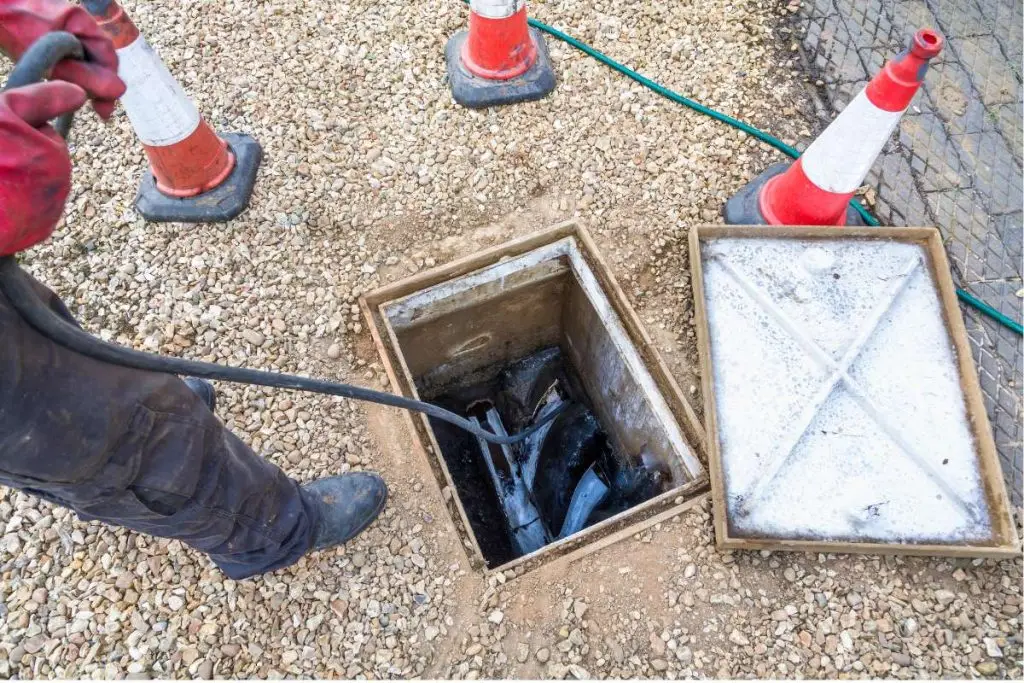Introduction to Foul Water Drainage Systems
Foul water drainage systems are engineered networks responsible for transporting used water from domestic environments to local sewage treatment facilities or septic tanks. This includes water that has been contaminated through household activities such as cooking, cleaning, and sanitation. Distinct from systems handling rainwater or surface drainage, foul water systems must be carefully managed to prevent health hazards and environmental pollution.
The Significance of Foul Water Drainage Systems
A well-functioning foul water drainage system is essential for several reasons:
- Health and Safety: Efficiently disposing of waste water reduces the risk of diseases associated with sewage exposure.
- Structural Integrity: Properly maintained systems prevent leaks and backups that could lead to significant water damage or foundational issues in your home.
- Environmental Conservation: By preventing the discharge of untreated waste water into the environment, these systems play a critical role in protecting water quality and surrounding ecosystems.
Detailed Components of a Foul Water Drainage System
Understanding each component of the foul water drainage system can help homeowners appreciate how these elements work together:
- Pipes and Channels: These are the conduits through which waste water flows away from the home. They must be durable and sloped correctly to facilitate flow.
- Traps and Vents: Water traps in drains prevent odorous gases from rising into the home, while vent pipes allow these gases to safely escape and help maintain the water seal in the traps.
- Inspection Chambers and Access Points: Regularly spaced chambers allow for the inspection, maintenance, and removal of blockages within the system.
- Pumps and Lift Stations: In areas where natural gravity flow is insufficient, these mechanisms are essential for transporting waste to higher-elevation sewer mains or treatment facilities.
- Grease Traps and Filters: These are used in systems prone to accumulating fats and grease, primarily from kitchen waste, preventing blockages downstream.
Comprehensive Maintenance Strategies
Regular maintenance ensures the longevity and effectiveness of a foul water drainage system:
- Routine Inspections: Periodic checks by professionals can identify and rectify issues such as pipe damage or system blockages before they escalate.
- Cleaning and Clearing: Employing qualified services to clean and clear the system of obstructions can prevent operational disruptions.
- Proactive Prevention: Be vigilant about what goes down the drain. Avoid flushing materials like wipes, cooking grease, and other non-biodegradable substances that can clog the system.
Advanced Troubleshooting for Common Problems
Understanding how to diagnose and resolve common issues can save time and prevent costly repairs:
- Detecting Blockages: A decrease in drainage speed or a gurgling sound from fixtures could indicate a blockage. Early intervention is key to preventing backups.
- Managing Odours: Persistent sewer-like smells may signify dry traps or venting issues. Ensuring traps are filled with water and vents are clear can resolve these odours.
- Handling Backflow: Install non-return valves to prevent sewage from re-entering the home during flooding conditions or surges in the main sewer system.
Enhancing System Efficiency through Upgrades
Incorporating modern technology and materials can significantly enhance the efficiency of existing foul water drainage systems:
- Smart Monitoring Systems: These can provide real-time data on system flow and alert homeowners to potential issues before they become severe.
- Improved Piping Materials: Upgrading to high-quality, corrosion-resistant pipes can reduce the risk of leaks and extend the system’s lifespan.
- Eco-friendly Solutions: Consider integrating rainwater harvesting or greywater recycling systems to reduce the load on foul water systems and promote sustainable water use.
Foul Water Drainage Mastery
Mastering the management of your home’s foul water drainage system enhances not only the functionality and safety of your residence but also contributes to broader environmental efforts. With a thorough understanding of system components, routine maintenance practices, and the ability to troubleshoot emergent issues, homeowners can ensure their systems operate smoothly and sustainably for years to come.




